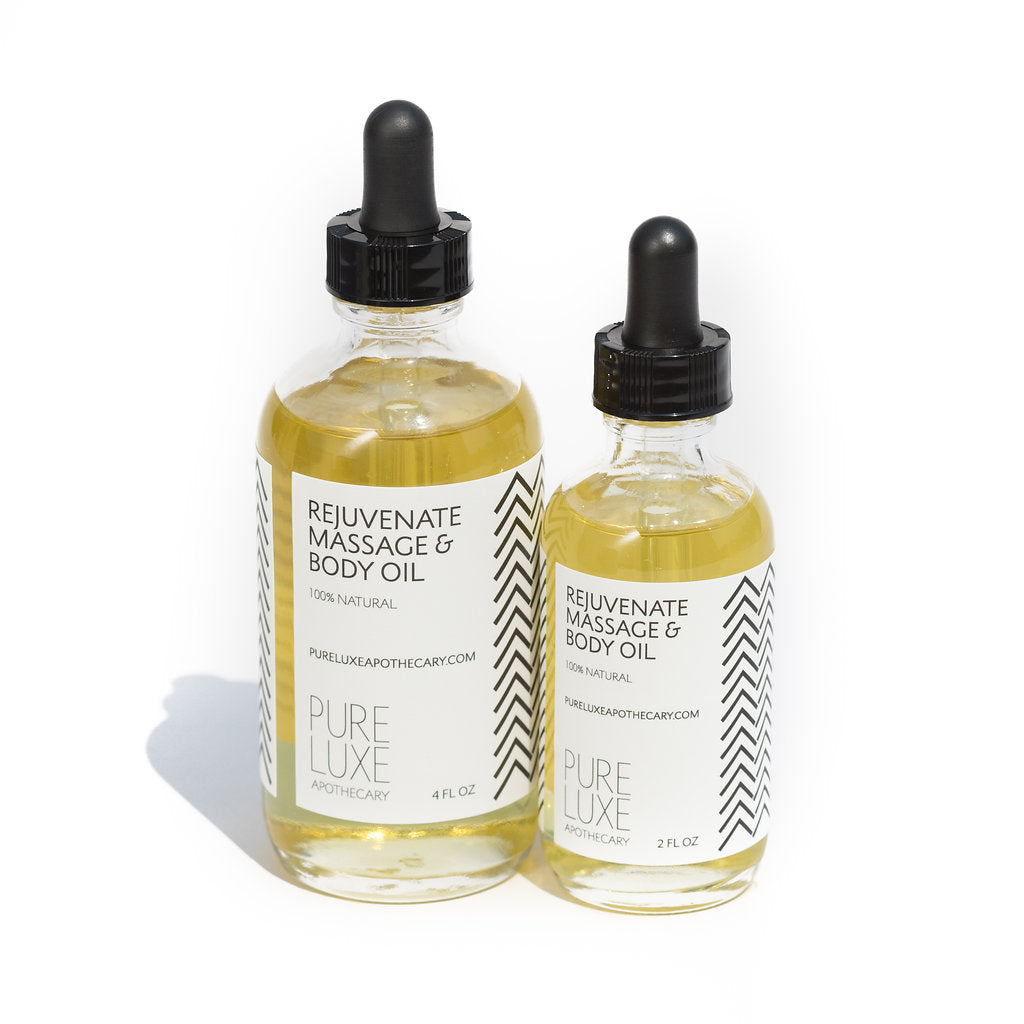
Ayurveda massage is a deeply rooted ancient practice that promotes overall well-being, using herbal oils for both relaxation and rejuvenation. It’s more than just a massage; it’s a holistic approach to healing that balances the mind, body, and spirit. Many individuals seeking relief from stress, muscle tension, or a general need for relaxation turn to this ancient form of therapy, and for good reason. This article explores the benefits of Ayurveda massage, delving into the specific techniques and the historical context that underpins this ancient art. We’ll examine how herbal oils, carefully chosen and applied, contribute to the therapeutic effects of Ayurveda massage and discuss varied approaches to finding relief. Throughout, we’ll also highlight the potential benefits and how to determine if Ayurveda massage is suitable for you.
Understanding the Essence of Ayurveda Massage
Defining Ayurveda Massage
Ayurveda massage, often called Abhyanga, is a traditional Indian therapeutic practice rooted in the principles of Ayurveda. It encompasses more than simply kneading muscles; it’s a holistic approach to well-being, incorporating the use of warm herbal oils and gentle, flowing movements to balance the body’s energies. This ancient practice recognizes the interconnectedness of mind, body, and spirit, and aims to restore harmony through these natural methods. It’s a personalized experience, tailored to an individual’s unique constitution (prakriti) and imbalances (vikruti).
The Therapeutic Power of Herbal Oils
Exploring the Healing Properties of Oils
Ayurvedic massage heavily relies on the therapeutic properties of herbal oils. These oils, meticulously prepared using traditional methods, are often infused with potent herbs and spices. The warm, fragrant oils penetrate the skin, nourishing and moisturizing it while also facilitating the absorption of therapeutic properties directly into the body. Each oil is specifically selected to address a particular condition or imbalance. For example, sesame oil is known for its moisturizing properties, while warming oils like ginger and black pepper support blood circulation.
Techniques and benefits of Ayurveda Massage
Unveiling the varied Styles
Ayurveda massage employs various techniques, including long, flowing strokes, kneading, and pressure points. These movements are carefully coordinated to stimulate circulation, release tension, and promote relaxation. The use of specific pressure points (marma points) believed to be energy centres within the body further enhances the therapeutic effects. The warmth and texture of the oils also play a significant function in soothing the muscles and nerves. These techniques help address issues like chronic pain, stress, fatigue, and digestive imbalances. Studies have suggested that regular sessions can aid in overall well-being, but more study is needed to definitively prove long-term effects.
Integrating Ayurveda Massage into Your Wellness Routine
Practical Steps for a Holistic Approach
Incorporating Ayurveda massage into your wellness routine can be achieved gradually. Start with shorter sessions, allowing your body to adjust to the new treatment and experience the benefits. Be sure to communicate your specific needs and concerns to your practitioner to ensure the massage addresses your specific conditions or objectives. Consider making it a part of a broader Ayurvedic lifestyle, which can include dietary modifications and mindfulness practices. These lifestyle adjustments may complement the healing experience and maximize the therapeutic effects of the massage.
Finding an Experienced Ayurvedic Massage Therapist
Factors to Consider for Choosing a Practitioner
Finding a qualified and experienced practitioner is crucial. Look for someone certified in Ayurvedic massage therapy who understands the principles of Ayurveda. Consider visiting a local Ayurvedic clinic or contacting certified therapists for guidance. Reading reviews, asking querys about their approach and experience with specific conditions can help you feel comfortable and confident with your selection. This assurance and trust are vital to realizing the intended therapeutic benefits.
Specific types of Ayurvedic massage
How to find a qualified practitioner
The varied types of herbal oils
The varied kinds of massage techniques
FAQs About Ayurveda Massage
How frequently should I get an Ayurveda massage?
Ideally, regular sessions are recommended for optimal outcomes. A therapist can advise on the frequency based on your specific needs and constitution. Starting with one session a week and adjusting as needed is a good approach. Factors like age, health conditions, and other therapies you are using should be considered by the professional.
What are the potential side effects of Ayurveda massage?
Potential side effects are usually mild and temporary, such as slight redness or temporary muscle soreness. Rarely, some individuals might experience allergic reactions to specific herbal oils. It’s crucial to communicate any pre-existing health concerns or allergies to the therapist. By discussing these factors, the practitioner can adjust the therapy to suit your needs and reduce the risk of side effects.
In conclusion, Ayurveda massage, with its ancient wisdom and holistic approach, offers a powerful path to rejuvenation and balance. By incorporating this traditional therapy into your wellness routine, you can experience profound physical and mental benefits. Explore local Ayurvedic centers or practitioners to discover the unique healing touch this ancient practice has to offer. Further study into the specific Ayurvedic massage techniques that resonate with your needs can lead to an even more personalized and enriching experience.